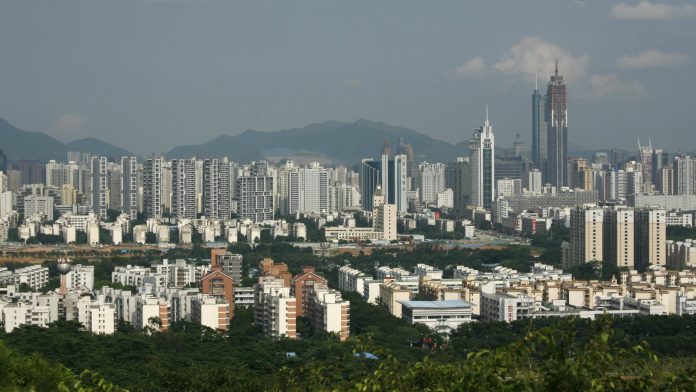China’s name in history will go down not just because of its turbulent history, but the unending stereotype of counterfeit products and cheap substitutes. It’s a strange reality for the city of Shenzhen which is touted to be the country’s next famed Silicon Valley.

But the manufacturing hub has put entrepreneurs and business incubators to rethink their strategy. Why? Because even if you come up with bright ideas to the next big thing, chances are someone in China is already selling it.
“The whole Chinese system has developed around the idea that you have instantaneous communication and basically infinite information,” said Bunnie Huang. “Back in the ’80s people were talking about ‘just-in-time’ manufacturing” as something to aspire to, he said. “But now, the Chinese don’t even know any other way.”
Kickstarters Getting Kicked Out
Good artists copy. Great artists steal. And in this case, cheating has become a game most Chinese knock off manufacturers have excelled at over the years. The woes of such a system come from people like Yekutiel Sherman who was short-stocked by unexpected competitors. The Israeli entrepreneur had designed a phone case which doubles as a selfie stick.
But to his shock, businesses in China were already way ahead of his idea and were profiting despite charging lower prices. As a result, investors backed out and his project came to a fruitless end.
It is important to consider the scale of operations in this quiet corner of the country. Analysts say that a week of labour in Shenzhen equates a month in the U.S. A majority of the businesses and shops are owned by families and are protected under the wing of the government.
A Network Of Fake Cultures
Working conditions in the region are inexcusable and yet the culture of the shanzhai or ‘fake’ manufacturers is miles ahead. Design files are shared, with each maker contributing to the pool of knowledge. Manufacturers spend R&D money to develop initial designs and replicate them.
Design files are extensively shared within networks and component makers spend capital to develop ‘gongban’. These are nothing but publicly available designs for products such as phones, watches, toys and electronics. These are later modified to fit what natives call a ‘gongmo’. The end result is a product that looks genuine to the eyes and easy on the consumers’ pockets.
In most cases, smaller firms agree to produce units for big brands but churn out a surplus which is sold separately to vendors online and domestic.
How Shenzhen Became A Knock Off Center
The city was just another blot on the map thirty years ago mainly seen as a fishing centre. In 1979, it was given a Special Economic Zone (China’s first) status and demarcated by barbed fences. Within years, populations rose to 3 million. It holds over 10 million at present which jumps to 15 million during electronics season.
All this cleared the road for the shanzhai effect, meaning “mountain fortress”. The term refers to products that openly violate existing intellectual property rights. Fabricated brands like “aPod” and “Nokla” dominated the market in the late ’00s.
What This Means For Entrepreneurs
Does this mark the end of wishful thinking? Can ideas no longer be protected? There is a silver lining to this. People like Jack Ma(Alibaba founder) believe that fake goods are of better quality and price than the real deal. At the same time, people who feel that their ideas have been copied should use consumer reactions to fake goods to improve their sales techniques.
Entrepreneurs should stick to NNN agreements with overseas partners before exposing information. Such agreements stipulate that violations will be met with legal action in the cases of inappropriate production, distribution and illegal selling.
But even then, matters remain unresolved. Enforcing and implementing rules is a tough nut to crack. Suing one factory is menial but targeting everyone is a serious mistake that leeches away both money and time.
https://www.youtube.com/watch?v=8Dq3YkRJVSU
So it’s all an endless cycle of ideas being recycled and ‘copied’ to consumers. And they remain silent because of the economic advantages it presents. But even then, ideas shouldn’t be caged out of the fear they’ve been thought and done already.
Where would creativity and innovation come from? As for Shenzhen, it’s at the mercy of the market and consumer trends which can never be estimated properly.